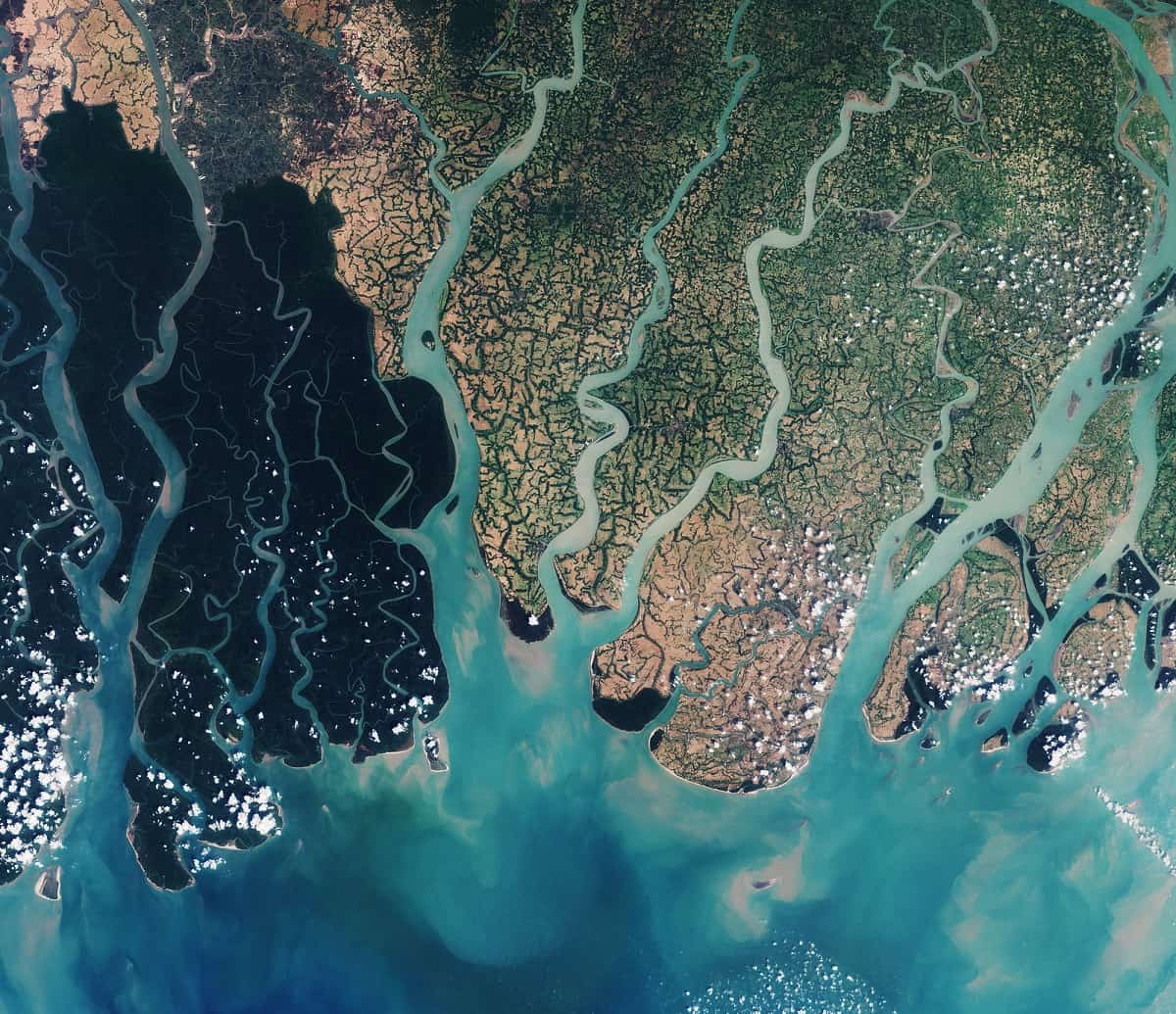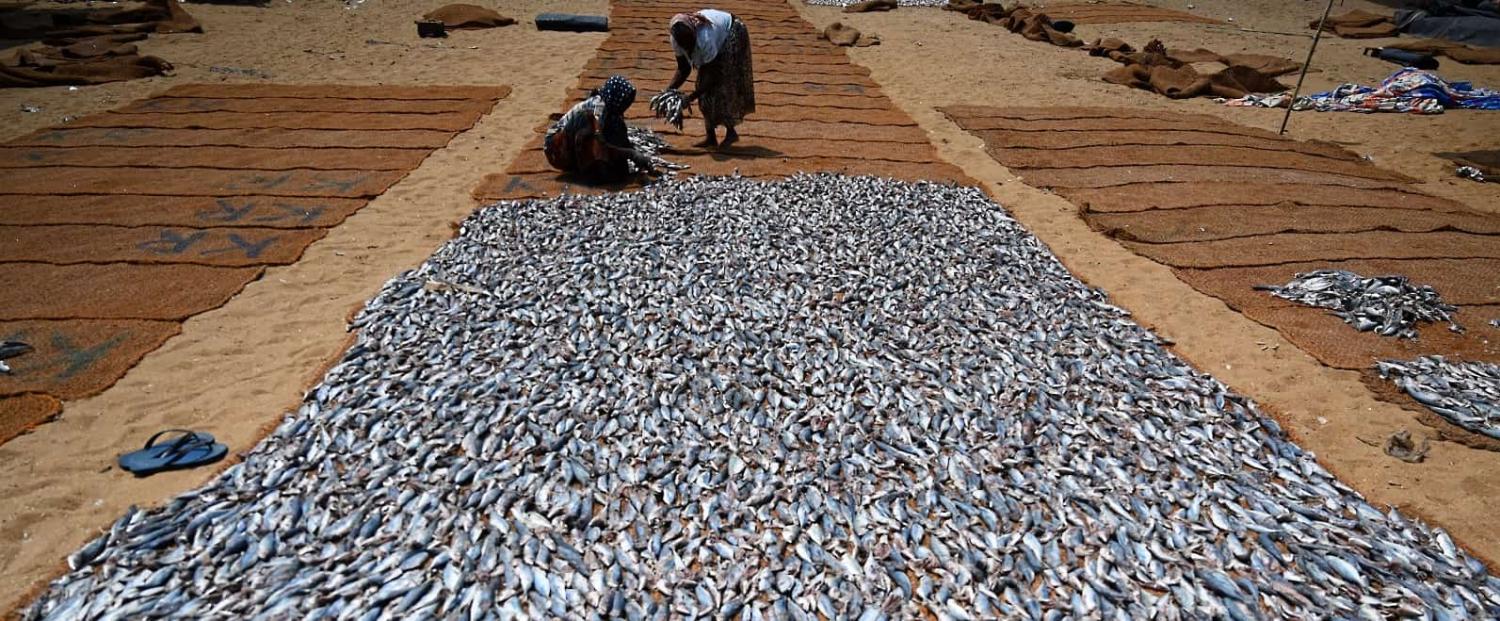For decades, traditional and non-traditional threats in South Asia have found their footing in shifting geopolitical patterns. The Covid-19 pandemic, as well as the recent Sri Lankan geo-economic crisis and US–China flare-up over Taiwan have elicited a thicker South Asian solidarity through avant-garde developmental policies. In this milieu, introducing blue economic partnerships in South Asia may prove for lucrative and sustainable collaboration between nations.
The United Nations first used the term “Blue Economy” in 2012 during the Rio+20 summit on sustainable development in Rio de Janeiro, Brazil. The objective was to create a “sustainable ocean-based economy”. Alongside economic liberation, the Blue Economy Theory stresses social integration, the defence of humanity, the pursuit of gender equality and the preservation of the ocean.
Given the rise of land and border-based issues globally, South Asian nations must chart new courses under the remit of the Blue Economy strategy so that they can take full advantage of their prospering oceanic capabilities with joint regional partners. Consider Bangladesh – a littoral country that has skilfully harnessed the Bay of Bengal for economic development and utilisation of the seas, oceans and marine assets. Similarly, India's Sagar Mala project aims to connect the oceans with the Indian interior by unlocking the potential of its waterways, including 111 inland rivers. In Sri Lanka, the country’s proximity to major sea lanes has led to the recreation of industries and the building of port capacities.
However, while South Asia enjoys coastal advantages due to its geography, it is also faced with multiple challenges. Besides geopolitical difficulties, the region’s countries also face serious impediments due to pollution, habitat loss, biodiversity degradation, piracy, international crime and climate change.

The Bay of Bengal, however, offers multiple blue benefits to the South Asian region. Being the largest bay in the world, it shares a coastline with Bangladesh to the north, India to the north and east, Myanmar to the east, Indonesia to the southeast and Sri Lanka to the southwest. As a result, most South Asian countries have invested in several municipal and diplomatic instruments that acknowledge the interrelationship between their environments. Yet analyses have proven that South Asia seems unable to conjointly mobilise the potential of a blue economy. The lack of financial backing, dearth of regional research and scientific inquiry, inadequacy in policy-building, uncoordinated institutional frameworks and limited capacity building are serious barriers to South Asia's blue economic growth. Hence, the region should look towards an ambitious but pragmatic ocean strategy that involves bilateral and multilateral funding sources, incentives and regulations and a commerce-based approach that aligns with cohesive proliferative schemes. An all-inclusive South Asian directive should be instituted, where regional stakeholders – from heads of nations to grassroots organisations, NGOs and the private sector – participate in addressing these challenges.
In this regard, three recommendations can be proposed. First, South Asian nations should undertake to unify all industrial and environmental concerns relating to marine ecology under a single regulating authority. This will reduce governance and coordination challenges. A joined South Asia committee/forum should be formulated that recognises both economic and ecological regional aspirations by the sharing of respective national databases subdivided by aquatic sectors. This will immensely assist countries in deliberating over joint operational possibilities in the blue sector, such as in deep-sea mining, maritime transportation, sea-borne trade and sharing of advanced technologies and skill development.
Second, introducing blue bonds at the national and regional levels could be a game-changer in producing flourishing blue governance systems. Bonds of such a nature demand ocean-related economic activity, which needs to be transparently regulated to prevent perverse incentives, such as the sprawl of the fishing industry. Globally, at least six blue bonds have been issued to assist ocean conservation initiatives, with the Seychelles government giving the first in 2018. There is an urgent need to develop such markets for a positive environmental influence.
Third, bring women’s participation in the blue economy to the mainstream is not a need but a necessity. In India, more than 5.4 million people actively fish, of which 1.6 million are fisherwomen. In Indonesia, the number is even higher, with at least 56 million people working in the fishing industry, more than 39 million of whom are women. However, the work of women in coastal activities is not reflected in equitable remittances compared to their male counterparts. The UN Women report (2020) addresses this gender-wage gap and suggests increasing women’s economic empowerment by removing unwarranted gender imbalances in the marine sector.
Recent developments in South Asia’s power-based realpolitik will only intensify in the future. Thus, integrative blue economic policies are required to bolster regional growth by unblocking trade barriers and facilitating more comprehensive connectivity. The initiative of intra-Asia blocs such as the I2U2 (aka West Asia Quad) also serve as examples of South Asia’s comprehensive energy and knowledge-sharing outreach.
Through the implementation of these recommendations, blue economic systems can achieve appreciable flexibility to respond to new possibilities and problems. Governing vast expanses of ocean space towards a blue economy is a joint regional task. If South Asia manages the oceans effectively, it possesses the ability to both augment existing industries and foster the development of new ones.

